Home>Interior Design>Organizing A Home Office: Maximize Efficiency With These Techniques
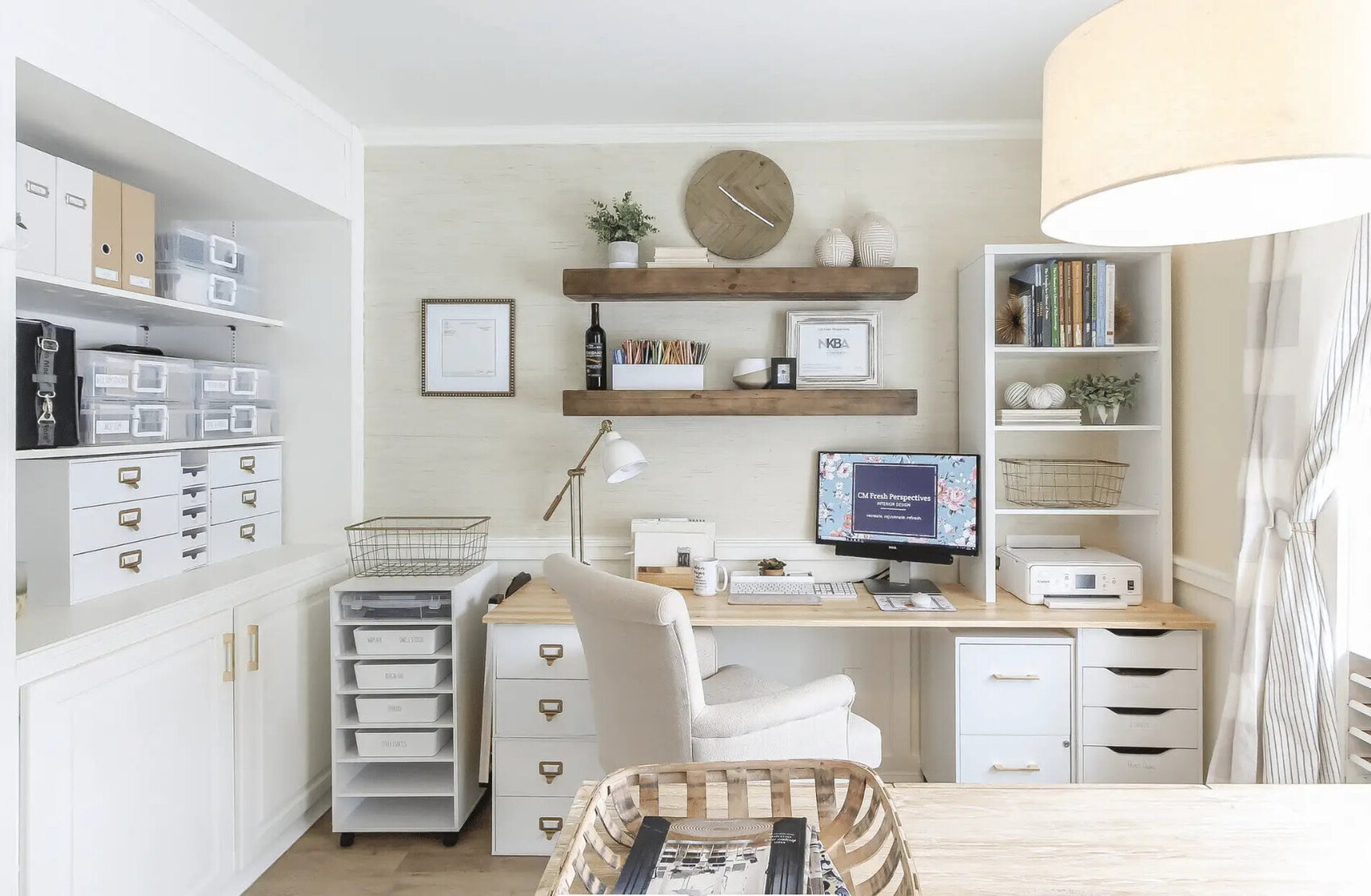

Interior Design
Organizing A Home Office: Maximize Efficiency With These Techniques
Modified: November 2, 2024
Maximize efficiency in your home office with these interior design techniques. Organize your workspace for optimal productivity and create a functional and stylish environment.
(Many of the links in this article redirect to a specific reviewed product. Your purchase of these products through affiliate links helps to generate commission for Storables.com, at no extra cost. Learn more)
Introduction
With the rise of remote work and the increasing need for flexible working arrangements, many individuals are now setting up their own home offices. However, simply having a designated space at home is not enough to ensure productivity and efficiency. The key to maximizing your effectiveness in a home office lies in organizing the space in a way that promotes focus, creativity, and productivity.
In this article, we will explore various techniques and strategies to help you optimize your home office and create an environment that supports your work goals. From setting up ergonomically to managing supplies and implementing time management techniques, these tips will help you transform your home office into a well-oiled machine.
So, let’s dive in and discover how to make the most of your home office space!
Key Takeaways:
- Maximize productivity in your home office by creating a dedicated workspace, choosing ergonomic furniture, and implementing efficient storage solutions. Tailor your environment to support focus, creativity, and work-life balance.
- Organize your home office with effective time management techniques, productivity tools, and a daily routine. Maintain a clutter-free environment and optimize your workspace for enhanced efficiency and well-being.
Creating a Dedicated Workspace
One of the most crucial aspects of organizing a home office is creating a dedicated workspace. While it may be tempting to work from the comfort of your couch or bed, having a designated area solely for work can significantly improve your focus and productivity.
When choosing a location for your dedicated workspace, consider a spot that provides minimal distractions. It’s best to pick a quiet corner of your home where you can establish a sense of separation between your work and personal life.
Invest in a proper desk or table that fits your needs and complements the overall aesthetic of your home office. Ensure that it’s spacious enough to accommodate your computer or laptop, along with any other equipment you may require.
Additionally, consider incorporating a comfortable chair that supports good posture. Spending hours sitting in an uncomfortable chair can lead to aching muscles and poor concentration. Make sure your chair is adjustable and provides adequate lumbar support to prevent any potential health issues.
Remember, creating a dedicated workspace goes beyond picking the right furniture. Add personal touches such as photos, plants, or inspiring artwork to make the area feel inviting and stimulating.
By establishing a clear boundary between work and personal space, you are setting the stage for a more focused and productive work environment. Let’s move on to the next step: choosing the right furniture and equipment.
Choosing the Right Furniture and Equipment
When it comes to setting up a home office, selecting the right furniture and equipment is essential for creating an efficient and comfortable workspace. Here are a few factors to consider when making your choices:
- Desk: Look for a desk that offers enough surface area to accommodate your work requirements. Consider features like built-in storage, cable management, and adjustable height options.
- Chair: Invest in an ergonomic chair that supports good posture and provides comfort during long hours of work. Look for adjustable features such as height, armrests, and lumbar support.
- Computer or Laptop: Choose a computer or laptop with specifications that suit your work needs. Consider factors such as processing power, memory, and storage capacity.
- Monitor: If you spend a significant amount of time working on a computer, consider adding an additional monitor for increased productivity and multitasking capabilities.
- Keyboard and Mouse: Opt for an ergonomic keyboard and mouse that minimize strain on your wrists and fingers. Wireless options can help reduce clutter on your desk.
- Lighting: Ensure your workspace is well-lit to prevent eye strain and maintain focus. Consider a combination of natural light and artificial lighting options, such as desk lamps or overhead lighting.
- Storage: Assess your storage needs and choose furniture that offers efficient storage solutions. Cabinets, shelves, and filing systems can help keep your documents and supplies organized.
- Printer and Scanner: If you frequently print or scan documents, invest in a reliable printer and scanner that meet your specific requirements.
Remember, the right furniture and equipment will not only enhance your comfort but also contribute to a more functional and productive workspace. Next, let’s explore the importance of setting up your home office ergonomically to promote proper posture and minimize the risk of strain or injury.
Setting Up Ergonomically
Creating an ergonomic workspace is crucial for maintaining good posture, reducing the risk of musculoskeletal injuries, and increasing overall comfort and productivity. Here are some tips to help you set up your home office ergonomically:
- Adjust your chair: Position your chair so that your feet rest flat on the floor and your knees are at a 90-degree angle. Adjust the height so that your thighs are parallel to the floor and your lower back is supported by the chair’s lumbar support.
- Position your monitor: Place your monitor at eye level to avoid straining your neck. The top of the screen should be at or slightly below eye level, and the screen should be an arm’s length away from you.
- Use a separate keyboard and mouse: If you’re using a laptop, consider using a separate keyboard and mouse to achieve a more comfortable typing and navigation position.
- Position your keyboard and mouse: Keep your keyboard and mouse at a height that allows your arms to rest comfortably and your wrists to stay straight. Avoid bending your wrists upward or downward while typing or using the mouse.
- Take regular breaks: It’s important to take frequent breaks from sitting. Stand up, move around, and stretch your body every hour to avoid muscle stiffness and promote blood circulation.
- Consider using an ergonomic keyboard and mouse: Ergonomic keyboards and mice are designed to minimize strain on your wrists, hands, and fingers. These devices can help prevent conditions like carpal tunnel syndrome.
- Invest in a standing desk: Standing desks allow you to switch between sitting and standing positions throughout the day. This can help alleviate the negative effects of prolonged sitting and promote better posture.
By setting up your home office ergonomically, you can reduce the risk of developing musculoskeletal issues and improve your overall comfort and focus while working. Next, let’s discuss the importance of establishing a filing system to keep your documents organized and easily accessible.
Establishing a Filing System
Keeping your documents organized is essential for a well-functioning home office. Establishing a reliable filing system will not only save you time and frustration but also ensure that you can easily find important documents when needed. Here are some steps to help you set up an effective filing system:
- Purge and sort: Start by going through your existing documents and getting rid of any unnecessary or outdated ones. Sort the remaining documents into categories based on their purpose or topic.
- Choose a file organization method: Decide on a file organization method that works best for you. It could be alphabetical, chronological, or a combination of both. Consider using color-coded labels or folders to visually differentiate categories.
- Label your files: Clearly label each file or folder to indicate its contents. Use descriptive and specific labels that make it easy to locate documents at a glance.
- Create a file hierarchy: Establish a hierarchy within your filing system to further organize your documents. Use broad categories as main folders and subdivide them into more specific folders as needed.
- Create a digital filing system: In addition to physical files, create a digital filing system on your computer to store and organize electronic documents. Use folders and subfolders to mimic the structure of your physical filing system.
- Maintain consistency: Stick to your filing system consistently to ensure that documents are consistently organized. Regularly review and update your files, discarding any documents that are no longer relevant.
- Backup your files: It’s crucial to have regular backups of your important files. Consider using cloud storage services or external hard drives to protect your digital files from loss or damage.
By establishing a clear and efficient filing system, you can easily locate important documents, reduce clutter, and streamline your workflow. Next, let’s discuss ways to organize cables and wires in your home office to minimize workspace distractions.
Organizing Cables and Wires
One of the biggest challenges in any home office is dealing with the tangled mess of cables and wires that come with electronic devices and computer equipment. Not only can this clutter be visually distracting, but it can also make it difficult to identify and access specific cables when needed. Here are some tips to help you organize cables and wires in your home office:
- Use cable management solutions: Invest in cable management solutions such as cable clips, cable sleeves, or cable boxes. These products help keep cables neatly organized and prevent them from tangling or getting in the way.
- Label your cables: Use colored or labeled tags to identify different cables, making it easier to trace and unplug specific devices without confusion. This is particularly helpful if you have multiple similar-looking cables for different devices.
- Route cables behind furniture: Conceal cables by routing them behind furniture or using cable raceways. This not only keeps them out of sight but also prevents them from becoming tripping hazards or getting tangled.
- Use cable ties or Velcro straps: Bundle together cables that run along the same path using cable ties or Velcro straps. This helps prevent them from becoming entangled and makes it easier to manage the overall cable clutter.
- Consider wireless alternatives: Where possible, opt for wireless devices to reduce the number of cables you need to handle. Wireless keyboards, mice, and printers can eliminate the need for additional wires on your desk.
- Elevate cables off the floor: Use adhesive hooks or cable clips to keep cables elevated off the floor. This prevents them from getting tangled or damaged and makes it easier to clean your workspace.
By implementing these cable management techniques, you can create a cleaner and more organized home office environment. This not only improves the aesthetics of your workspace but also reduces the risk of accidents and improves overall productivity.
Next, let’s explore various storage solutions you can incorporate into your home office to maximize space and keep essential items within reach.
Maximizing Storage Solutions
In a home office, effective storage solutions are essential for keeping your workspace organized and maximizing available space. Proper storage allows you to declutter your desk and maintain a clean and efficient environment. Here are some strategies to help you maximize storage in your home office:
- Utilize vertical space: Install shelving units or wall-mounted cabinets to take advantage of vertical space. This allows you to store items off the floor and free up valuable desk space.
- Consider multifunctional furniture: Look for furniture pieces that offer built-in storage capabilities. Desks with drawers, file cabinets with integrated shelving, or bookshelves with hidden compartments can provide additional storage without taking up extra space.
- Invest in storage containers: Use storage containers and baskets to organize smaller items on your shelves or inside drawers. Label each container to easily locate and access specific items.
- Use drawer dividers: Install dividers inside your drawers to separate different types of items and keep them organized. This makes it easier to find what you need quickly.
- Maximize closet or cabinet space: If your home office has a closet or cabinet, optimize the space by using storage bins, hanging organizers, or stackable shelves. This allows you to store supplies, files, or equipment out of sight when not in use.
- Consider open shelving: Open shelving units provide easy access to frequently used items. Use decorative bins or baskets to organize supplies while still maintaining an aesthetically pleasing display.
- Digitize and declutter: Reduce physical clutter by digitizing documents whenever possible. Scan important papers and store them electronically to free up space and reduce reliance on physical storage.
- Regularly declutter: Set aside time to declutter your workspace regularly. Get rid of any items or documents that are no longer needed or relevant. This helps prevent unnecessary accumulation of clutter.
By implementing these storage solutions, you can create a more organized and functional home office. Maximizing storage not only helps you keep your workspace tidy but also increases productivity and efficiency by allowing you to easily locate and access the tools and materials you need.
Next, let’s explore strategies for managing supplies and inventory in your home office.
Invest in a good quality desk and ergonomic chair to create a comfortable and efficient workspace. A well-designed office setup can improve productivity and reduce the risk of physical strain.
Managing Supplies and Inventory
Efficiently managing supplies and inventory in your home office is essential for maintaining a well-stocked and functional workspace. Here are some strategies to help you effectively manage your supplies and keep track of your inventory:
- Create a supply inventory: Take an inventory of all the supplies you currently have in your home office. This includes items such as pens, paper, printer cartridges, sticky notes, and other frequently used supplies.
- Establish a storage system: Designate specific storage areas for your supplies. Use drawers, bins, or shelves to keep similar items together and easily accessible.
- Group items by category: Organize your supplies by category, such as office essentials, stationery, or electronics. This makes it easier to know what you have and quickly find what you need.
- Set up a reorder system: For supplies that you regularly use, create a system to help you track when it’s time to reorder. This can be as simple as maintaining a designated area for low or empty supply items, or using inventory management software.
- Keep a shopping list: Have a running shopping list to note down items that need to be replenished. This helps you avoid running out of essential supplies and streamlines your shopping process.
- Regularly review and audit your inventory: Schedule regular reviews of your supplies to ensure accuracy and identify any items that are expired or no longer needed. This prevents unnecessary clutter and helps maintain an organized workspace.
- Take advantage of online ordering and subscriptions: Consider setting up online accounts with office supply retailers and subscribing to automatic shipments for frequently used items. This can save you time and ensure a steady supply of essentials.
- Label storage containers: Clearly label your storage containers to indicate what supplies are inside. This makes it easier and more efficient to locate items when needed.
By implementing these strategies, you can effectively manage your supplies and maintain a well-organized and productive home office. Knowing what you have, when to reorder, and where to find your supplies ensures that you can focus on your work without any unnecessary interruptions or frustrations.
Next, let’s discuss the importance of implementing time management techniques to enhance productivity in your home office.
Implementing Time Management Techniques
In a home office setting, managing your time effectively is crucial for maintaining productivity and accomplishing your tasks efficiently. Without proper time management, it’s easy to get overwhelmed or distracted by various responsibilities or personal obligations. Here are some time management techniques to help you maximize your productivity:
- Create a schedule or to-do list: Start each day by creating a schedule or to-do list. Prioritize your tasks and allocate specific time blocks for each activity. This helps you stay organized and focused throughout the day.
- Use productivity techniques: Explore different productivity techniques such as the Pomodoro Technique, time blocking, or the Eisenhower Matrix. These techniques can help you stay focused, manage your time efficiently, and avoid procrastination.
- Minimize distractions: Identify and eliminate potential distractions in your workspace. Turn off notifications on your phone or computer, close unnecessary tabs or apps, and create an environment that promotes concentration.
- Delegate tasks when possible: If you have the opportunity, delegate tasks that can be handled by others. This frees up time for you to focus on your core responsibilities and ensures that tasks are completed efficiently.
- Take regular breaks: Allow yourself short breaks throughout the day to rest and recharge. Stepping away from your workspace for a few minutes can actually enhance your productivity when you return.
- Batch similar tasks together: Group similar tasks together and work on them consecutively. For example, respond to emails in one batch, make phone calls in another, and complete similar tasks together. This helps minimize context switching and improves efficiency.
- Set realistic deadlines: When setting deadlines for your tasks, be realistic and consider your workload and other commitments. Setting overly ambitious deadlines can lead to stress and lower quality results.
- Make use of productivity tools: Explore productivity tools and apps that can help you manage your time more effectively. From project management software to time tracking apps, there are numerous tools available to assist you in optimizing your workflow.
By implementing these time management techniques, you can enhance your productivity, maintain focus, and accomplish more in your home office. Remember, finding a time management method that works best for you may require some trial and error, so be open to adjusting your approach as you discover what works for you.
Next, let’s explore the value of incorporating productivity tools and software into your home office routine.
Read more: Organizing A Closet To Maximize Storage
Incorporating Productivity Tools and Software
Productivity tools and software can be instrumental in optimizing your workflow and increasing efficiency in your home office. These tools provide a range of functionalities that help you organize tasks, manage projects, and streamline your work processes. Here are some productivity tools and software worth considering:
- Project management software: Tools like Trello, Asana, or Microsoft Teams can help you stay organized by creating project boards, assigning tasks, setting deadlines, and collaborating with team members.
- Note-taking and organizational tools: Applications such as Evernote, OneNote, or Google Keep allow you to capture and organize your thoughts, ideas, and important information across different devices.
- Time tracking apps: Time tracking apps like Toggl or RescueTime can assist you in monitoring how you spend your time, identifying areas of improvement, and optimizing your productivity.
- Communication and collaboration tools: Platforms like Slack, Microsoft Teams, or Zoom facilitate seamless communication with colleagues, clients, or team members, regardless of their location.
- Cloud storage and file-sharing services: Services such as Google Drive, Dropbox, or Microsoft OneDrive allow you to store and access your files from anywhere, collaborate on documents in real-time, and share files with others easily.
- Task management tools: Apps like Todoist, Wunderlist, or Microsoft To Do help you create task lists, set reminders, and track your progress, ensuring that you stay on top of your responsibilities.
- Focus and productivity trackers: Tools like Forest or Focus@Will provide features that help you stay focused and avoid distractions while working. They can block certain websites, play ambient sounds, or use timers to enhance concentration.
- Automation tools: Automate repetitive tasks with tools like IFTTT or Zapier. These tools allow you to create workflows that trigger specific actions, saving you time and effort.
When incorporating productivity tools and software into your home office routine, take the time to explore different options and find the ones that align with your work style and specific needs. Remember that these tools are meant to assist you, so choose ones that are intuitive, user-friendly, and seamlessly integrate into your workflow.
By leveraging the power of productivity tools and software, you can enhance your organization, collaboration, and efficiency in your home office. These tools are designed to streamline your processes and remove potential barriers, allowing you to focus on what truly matters – your work.
Next, let’s discuss the importance of creating a daily routine to establish structure and maintain consistency in your home office.
Creating a Daily Routine
In a home office environment, establishing a daily routine is key to maintaining structure, staying organized, and maximizing productivity. Developing a consistent routine helps you set clear boundaries between work and personal life, manage your time effectively, and establish a sense of normalcy. Here are some tips to help you create a successful daily routine:
- Set regular working hours: Determine your ideal working hours and stick to them as much as possible. This helps you establish a routine and train your mind to be in a work mode during those designated hours.
- Start your day with a morning routine: Begin your day with a morning routine that prepares you mentally and physically for work. This can include activities such as exercising, meditating, or enjoying a healthy breakfast.
- Plan your day in advance: Take a few minutes at the start or end of each day to plan and prioritize your tasks. This allows you to start each day with a clear set of goals and ensures that you stay focused on what needs to be accomplished.
- Allocate time for breaks: Incorporate regular breaks into your schedule to rest and recharge. Use this time to step away from your workspace, stretch, or engage in activities that help clear your mind.
- Batch similar tasks together: Group similar tasks together to minimize context switching and improve efficiency. For example, schedule a block of time for answering emails, another for conducting research, and another for creative work.
- Limit distractions: Minimize distractions during your work hours by turning off notifications on your phone, closing unnecessary browser tabs, and creating an environment that promotes focus.
- Include time for personal development: Set aside time each day for personal growth and development. This can involve reading industry-related articles, taking online courses, or engaging in activities that enhance your skills or knowledge.
- End your day with a routine: Establish an end-of-day routine that helps you wrap up your work and transition into your personal time. This can include tidying up your workspace, making a to-do list for the next day, or reflecting on your accomplishments.
- Practice work-life balance: Set clear boundaries between work and personal life. Avoid working beyond your designated working hours and make time for activities and hobbies that bring you joy and relaxation.
Remember, creating a daily routine is not about following a strict schedule every single day. It’s about finding a balance that works for you, allows flexibility when needed, and helps you maintain a productive and fulfilling work-life balance.
By establishing a consistent daily routine, you can optimize your productivity, maintain focus, and foster a sense of structure in your home office. Embrace the power of routine and watch as it positively impacts your work and overall well-being.
Next, let’s explore the importance of maintaining a clean and clutter-free environment in your home office.
Maintaining a Clean and Clutter-Free Environment
A clean and clutter-free environment can have a significant impact on your productivity, focus, and overall well-being in your home office. A disorganized and messy workspace can cause distractions, increase stress levels, and impede your ability to work efficiently. Here are some tips for maintaining a clean and clutter-free home office:
- Clear your workspace daily: Take a few minutes at the end of each workday to tidy up your desk. Clear away any unnecessary items, file important documents, and put away supplies.
- Minimize paper clutter: Embrace digital solutions whenever possible to reduce the amount of paper clutter in your workspace. Scan and store important documents electronically, and opt for digital subscriptions instead of physical publications.
- Use storage solutions effectively: Make use of storage containers, shelves, drawers, and filing cabinets to keep your office supplies, files, and equipment organized and out of sight.
- Assign a place for everything: Designate specific spots for each item in your home office. This makes it easier to locate and retrieve items when needed, and helps maintain an organized and clutter-free workspace.
- Declutter regularly: Set aside time periodically to declutter your workspace. Get rid of items that you no longer need or use, and optimize your storage solutions to accommodate your evolving needs.
- Manage cables and wires: Use cable management solutions and keep wires organized and out of sight. This not only reduces visual clutter but also ensures the safety and longevity of your electronic devices.
- Implement a “one in, one out” policy: For every new item you bring into your home office, consider removing one item. This helps prevent accumulation and ensures that you only keep items that are truly important or necessary.
- Clean your workspace regularly: Dedicate time to clean your desk, computer screen, keyboard, and other surfaces in your home office on a regular basis. A clean workspace promotes focus and reduces the risk of spreading germs.
- Create a daily maintenance routine: Incorporate a brief daily maintenance routine into your schedule. This can include tasks such as organizing papers, wiping down surfaces, and straightening up your workspace.
- Personalize your space mindfully: While it’s important to make your home office feel inviting and personalized, be mindful of adding too many decorations or sentimental items that can contribute to clutter. Keep it minimal and choose items that inspire and motivate you.
A clean and clutter-free environment in your home office fosters a sense of calmness, improves focus, and enhances your overall productivity. By implementing these tips and consciously maintaining an organized workspace, you can create an environment that promotes efficiency and supports your well-being.
With these strategies in mind, you are now equipped with the knowledge to optimize your home office and create a space that inspires creativity, maximizes efficiency, and allows you to thrive in your work. Remember, everyone’s needs and preferences may differ, so adapt these techniques to best suit your own unique working style and requirements.
Now go ahead and transform your home office into a well-organized and productive space that sparks joy and enables you to do your best work!
Good luck!
Conclusion
Organizing your home office is not just about creating a visually appealing workspace, but also about optimizing productivity, maintaining focus, and achieving a better work-life balance. By following the techniques and strategies outlined in this article, you can transform your home office into a well-organized and efficient environment that supports your work goals and enhances your overall well-being.
Creating a dedicated workspace, choosing the right furniture and equipment, and setting up ergonomically are the foundational steps to maximize your productivity and comfort. Establishing a filing system ensures that your documents are organized and easily accessible, while organizing cables and wires eliminates distractions and creates a more streamlined workspace.
Maximizing storage solutions helps you make the most of your space and keep supplies and equipment in order. Managing supplies and inventory ensures that you have the necessary resources to complete your tasks without unnecessary disruptions.
Implementing time management techniques and incorporating productivity tools and software help you stay organized, prioritize tasks, and work more efficiently. Creating a daily routine provides structure and consistency, enhancing focus and productivity.
Finally, maintaining a clean and clutter-free environment reduces distractions, promotes clarity of mind, and fosters a sense of calmness and productivity in your home office.
By applying these strategies and embracing the principles of organization and efficiency, you can create a workspace that not only facilitates your work but also enhances your overall well-being. Remember to tailor these techniques to your specific needs and preferences, as everyone’s work style and requirements may differ.
Now it’s time to take action. Implement these tips and transform your home office into a space that inspires creativity and productivity. Whether you’re working from home temporarily or on a permanent basis, investing time and effort into organizing your home office will pay off in terms of focus, efficiency, and enjoyment of your work.
So get started today and enjoy the benefits of an optimized and well-organized home office!
Best of luck!
Frequently Asked Questions about Organizing A Home Office: Maximize Efficiency With These Techniques
Was this page helpful?
At Storables.com, we guarantee accurate and reliable information. Our content, validated by Expert Board Contributors, is crafted following stringent Editorial Policies. We're committed to providing you with well-researched, expert-backed insights for all your informational needs.
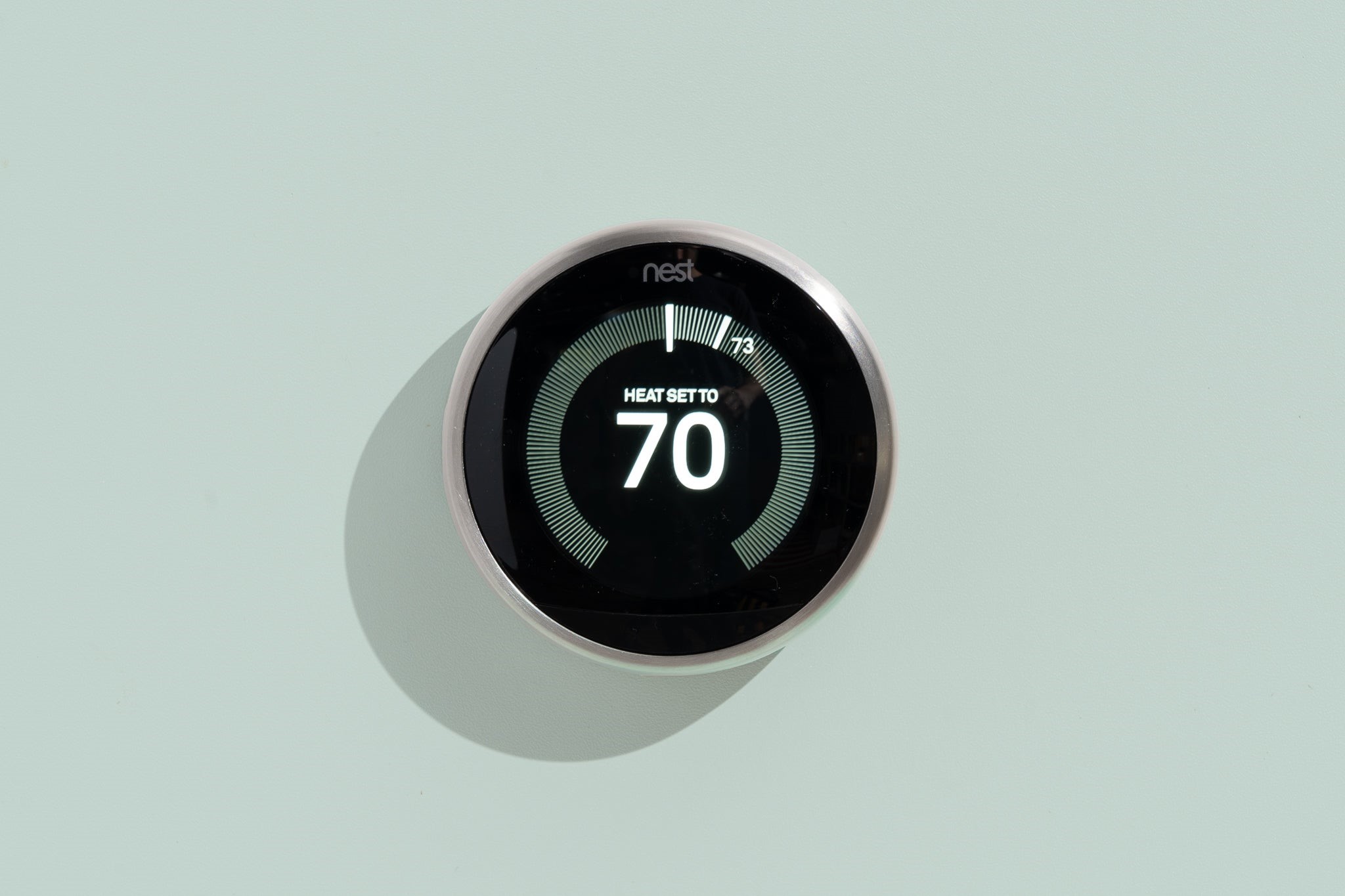
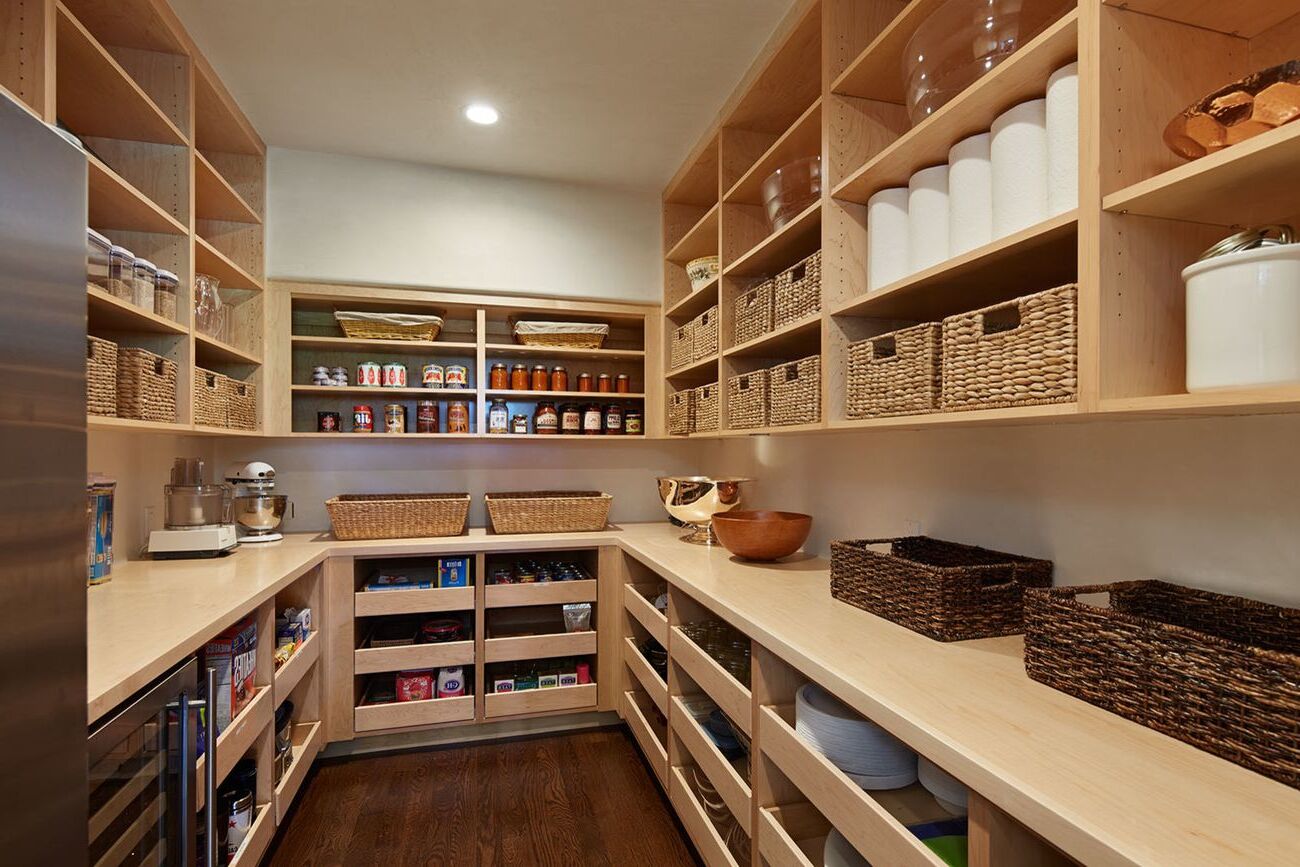
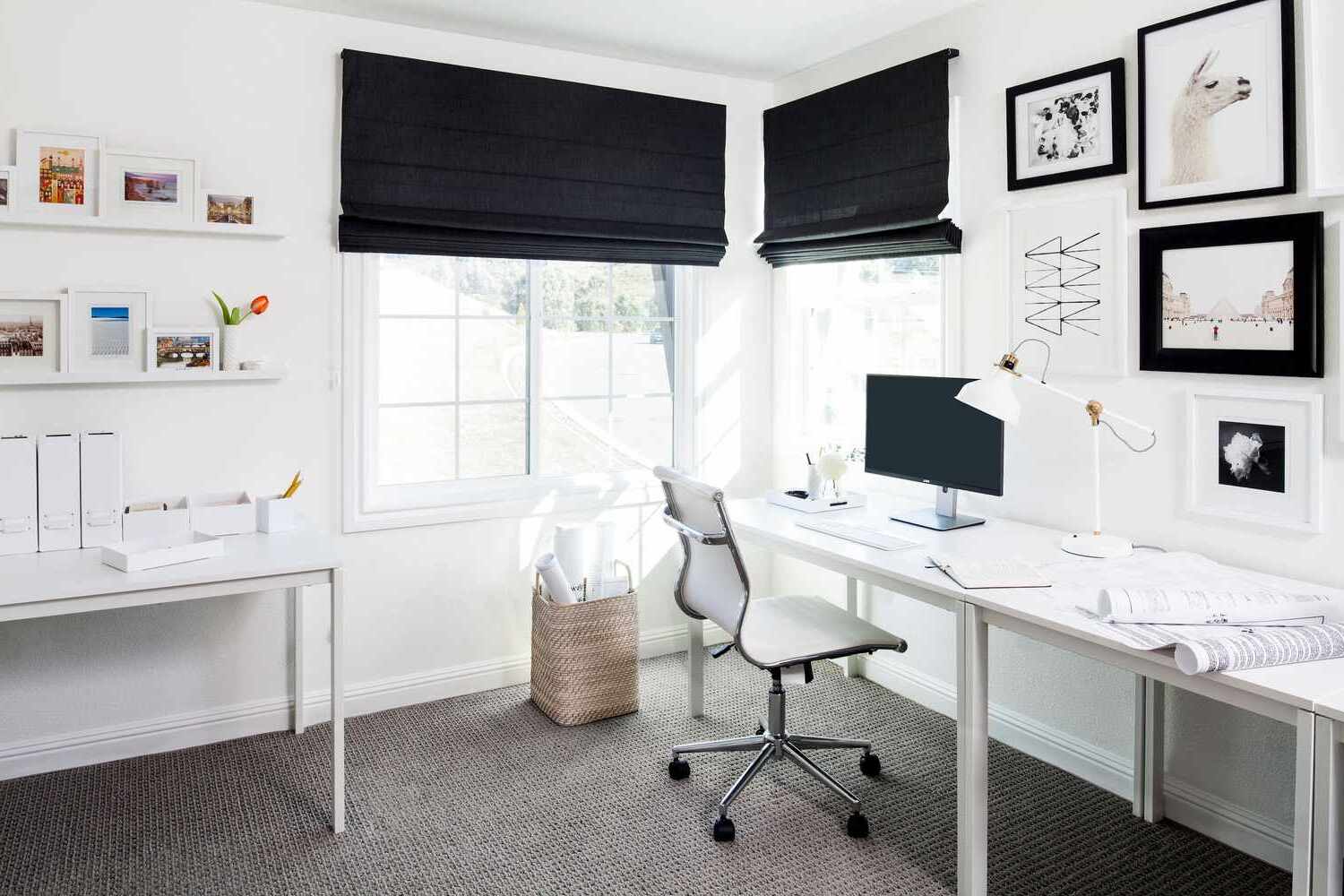
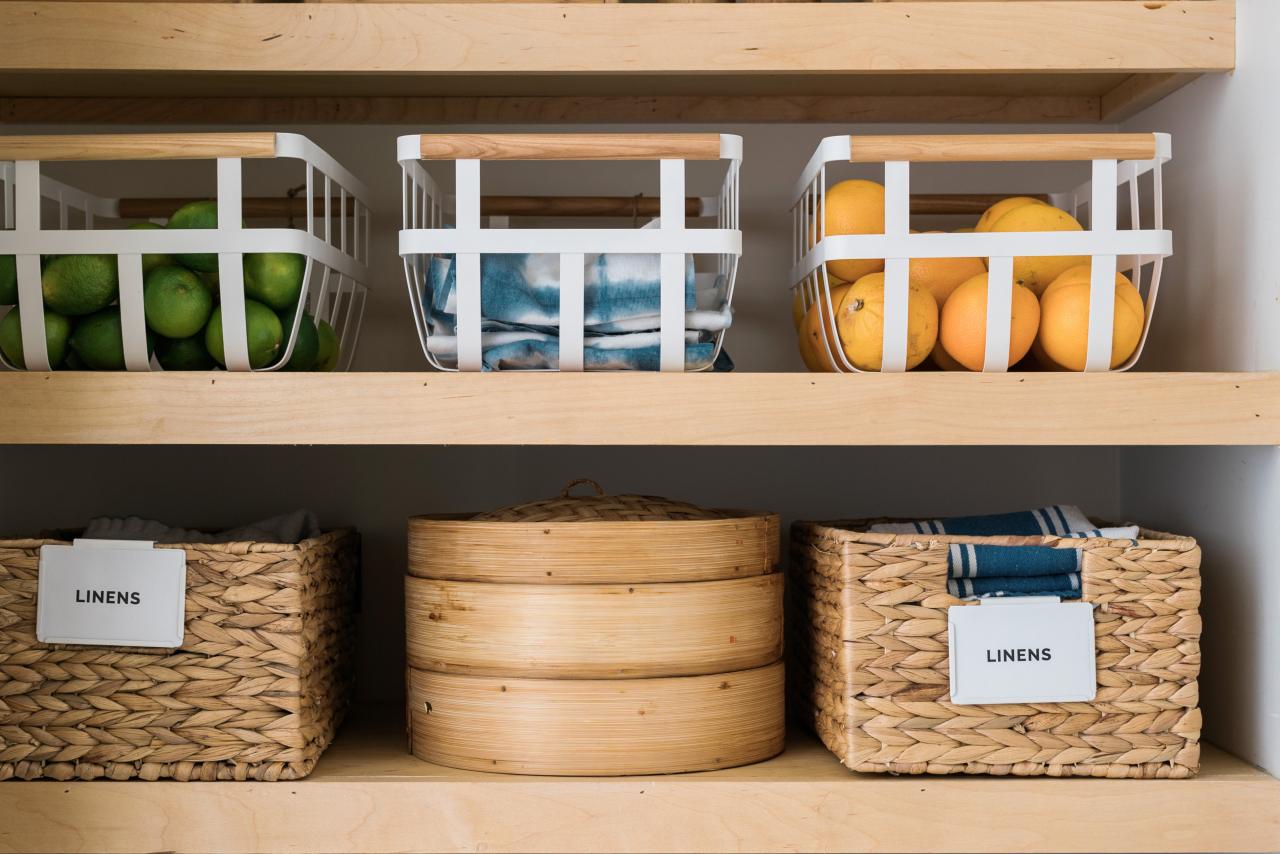
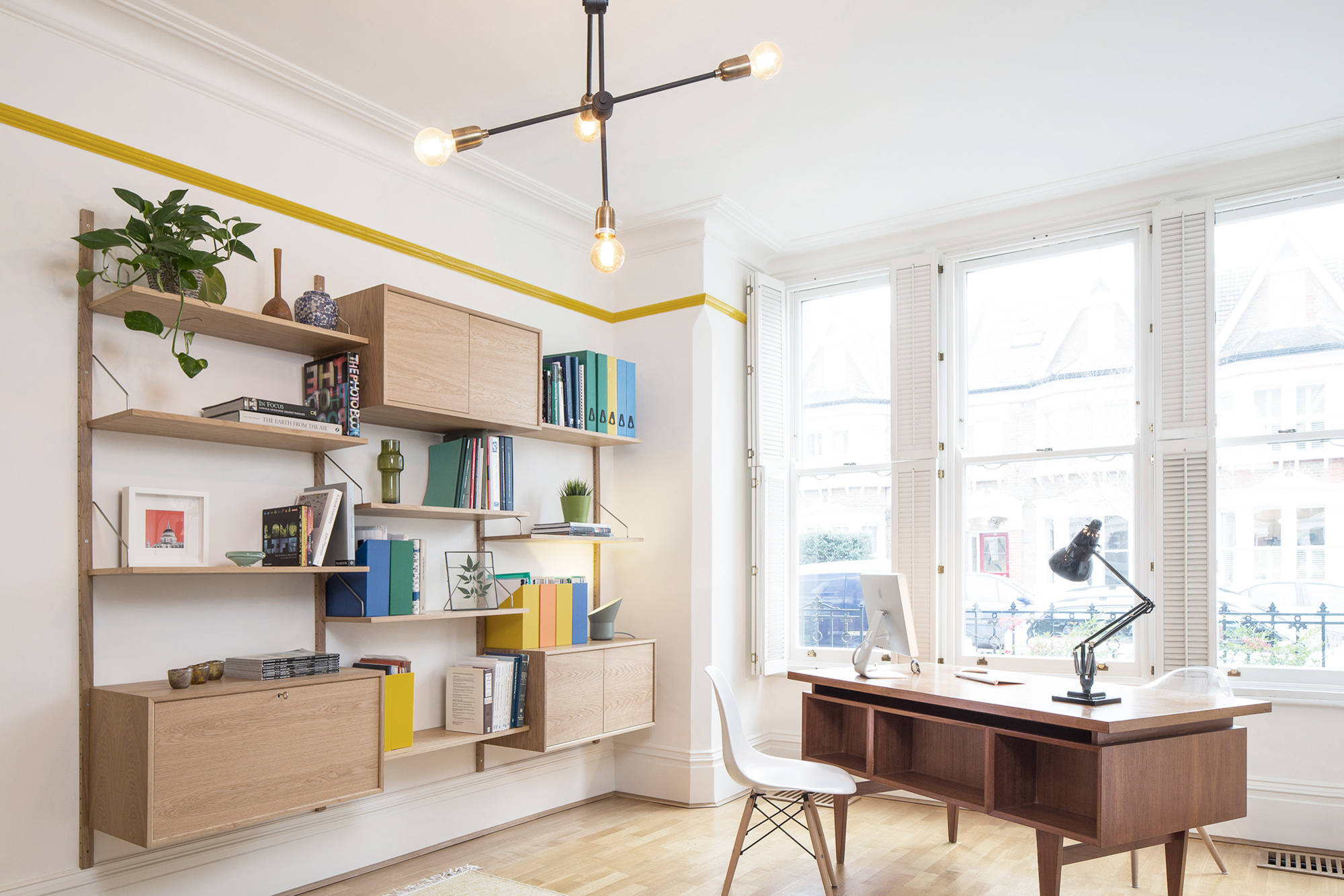
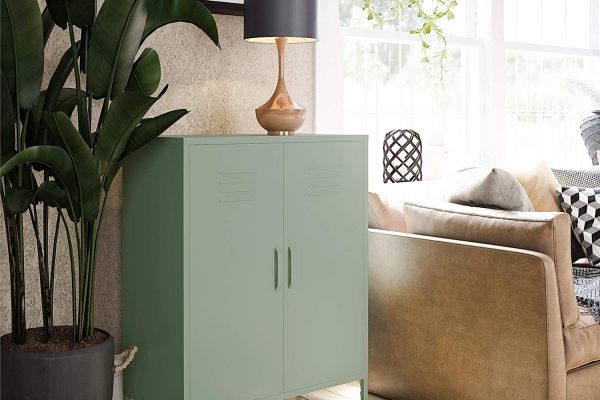
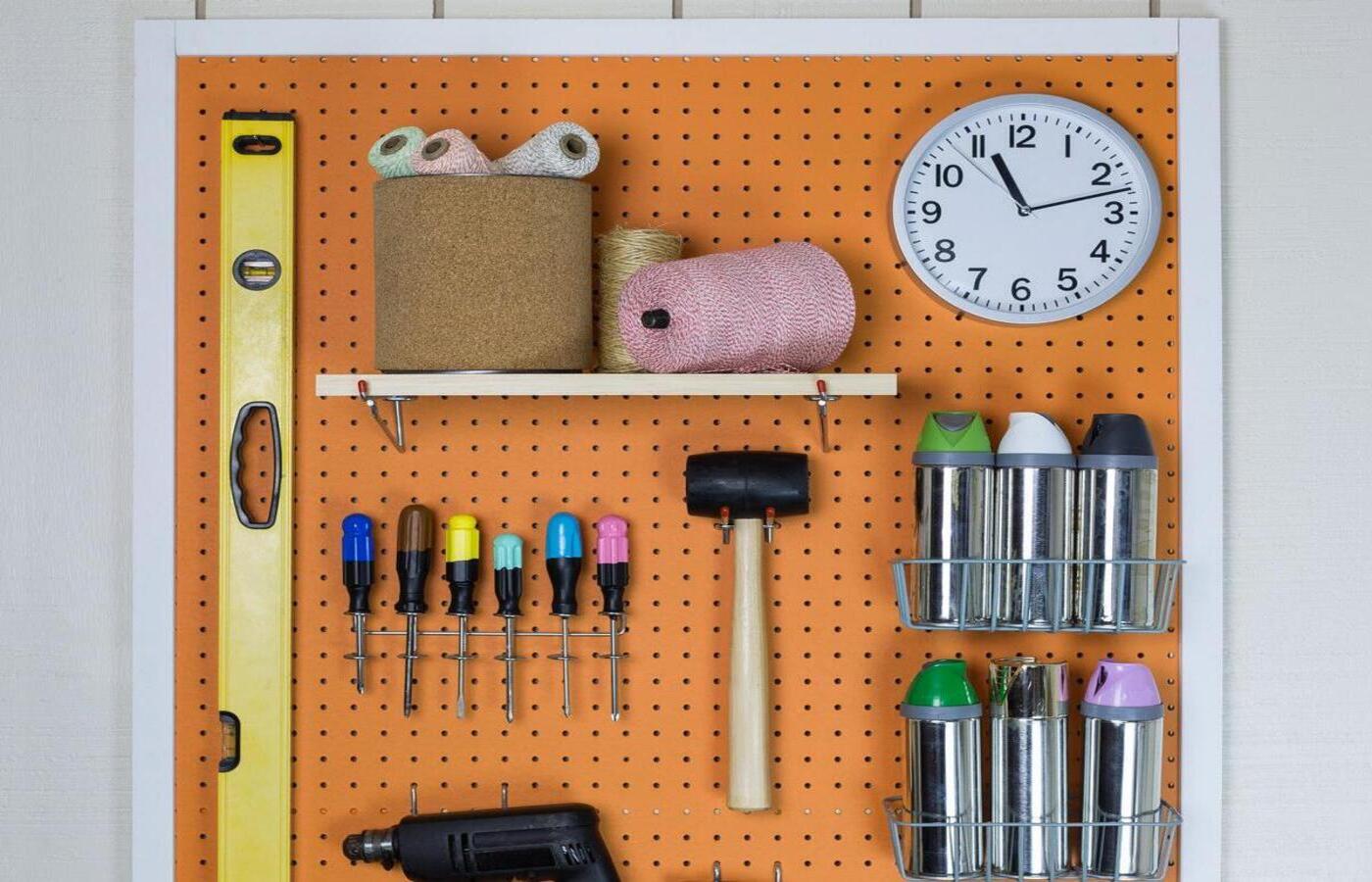


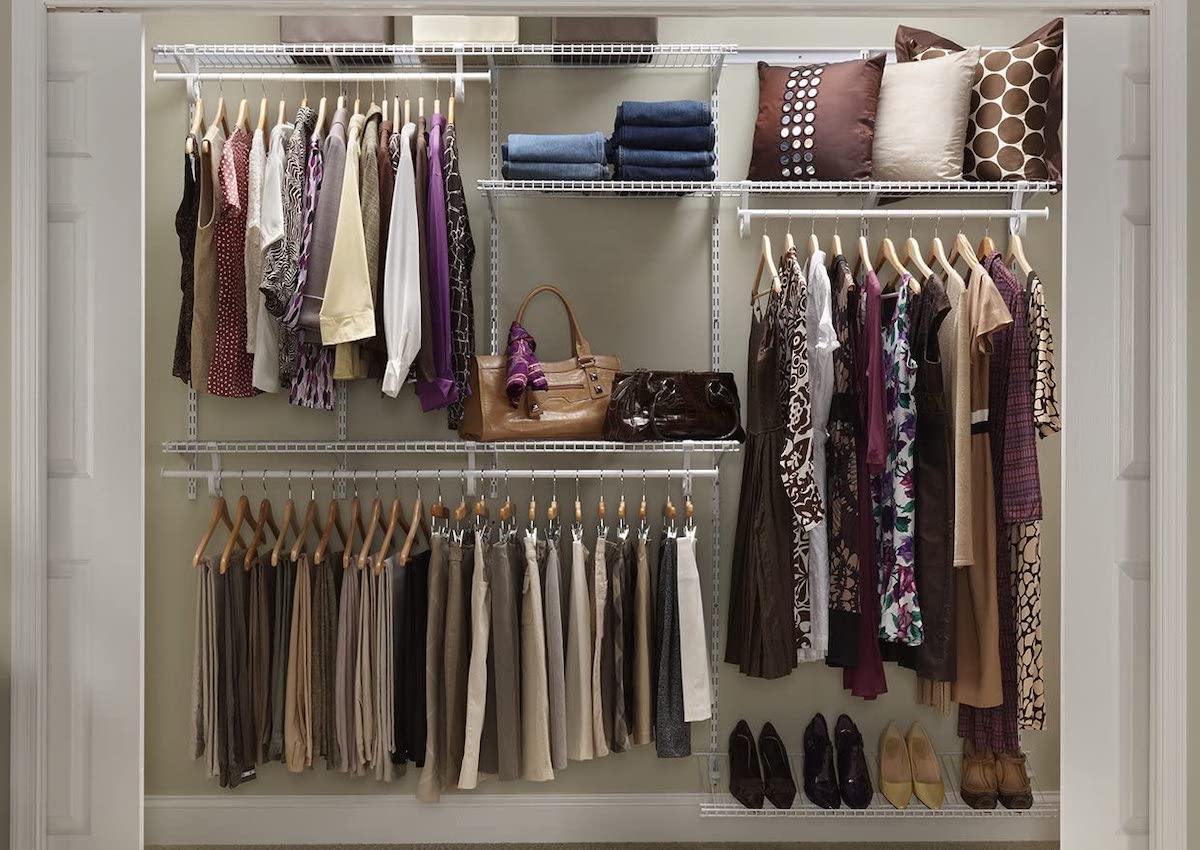
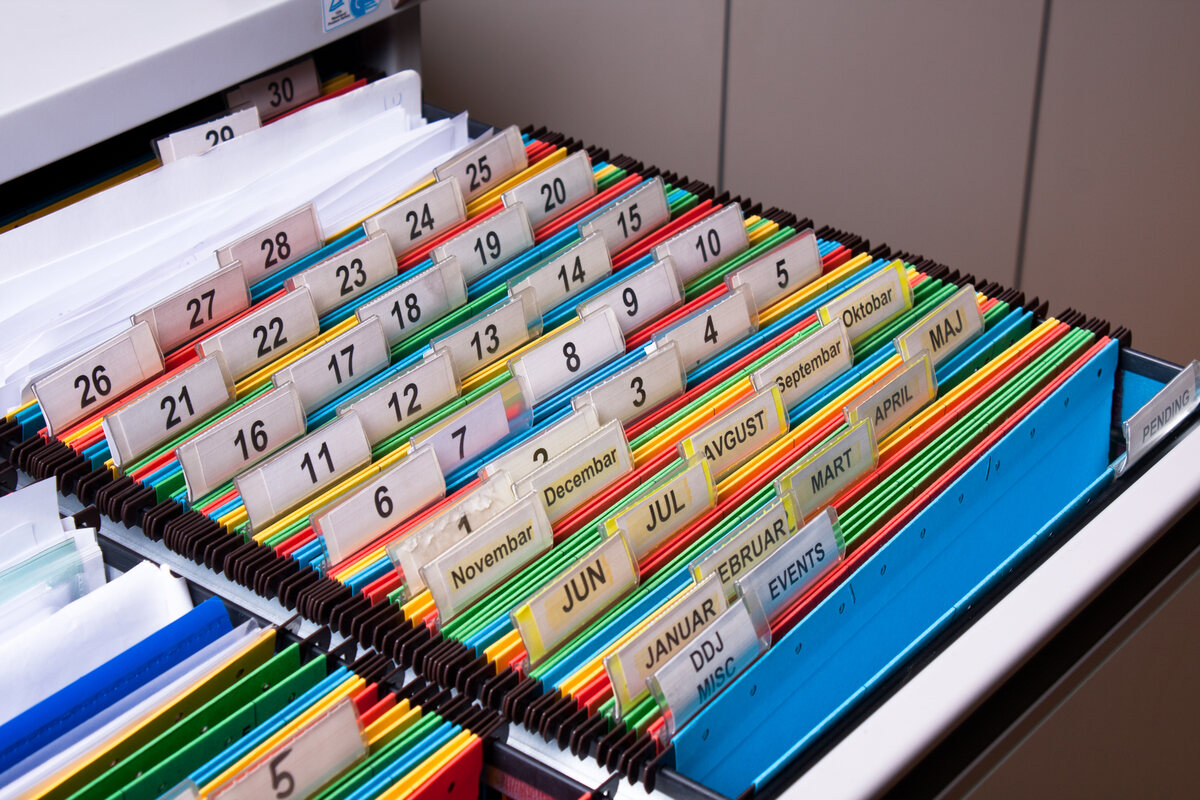
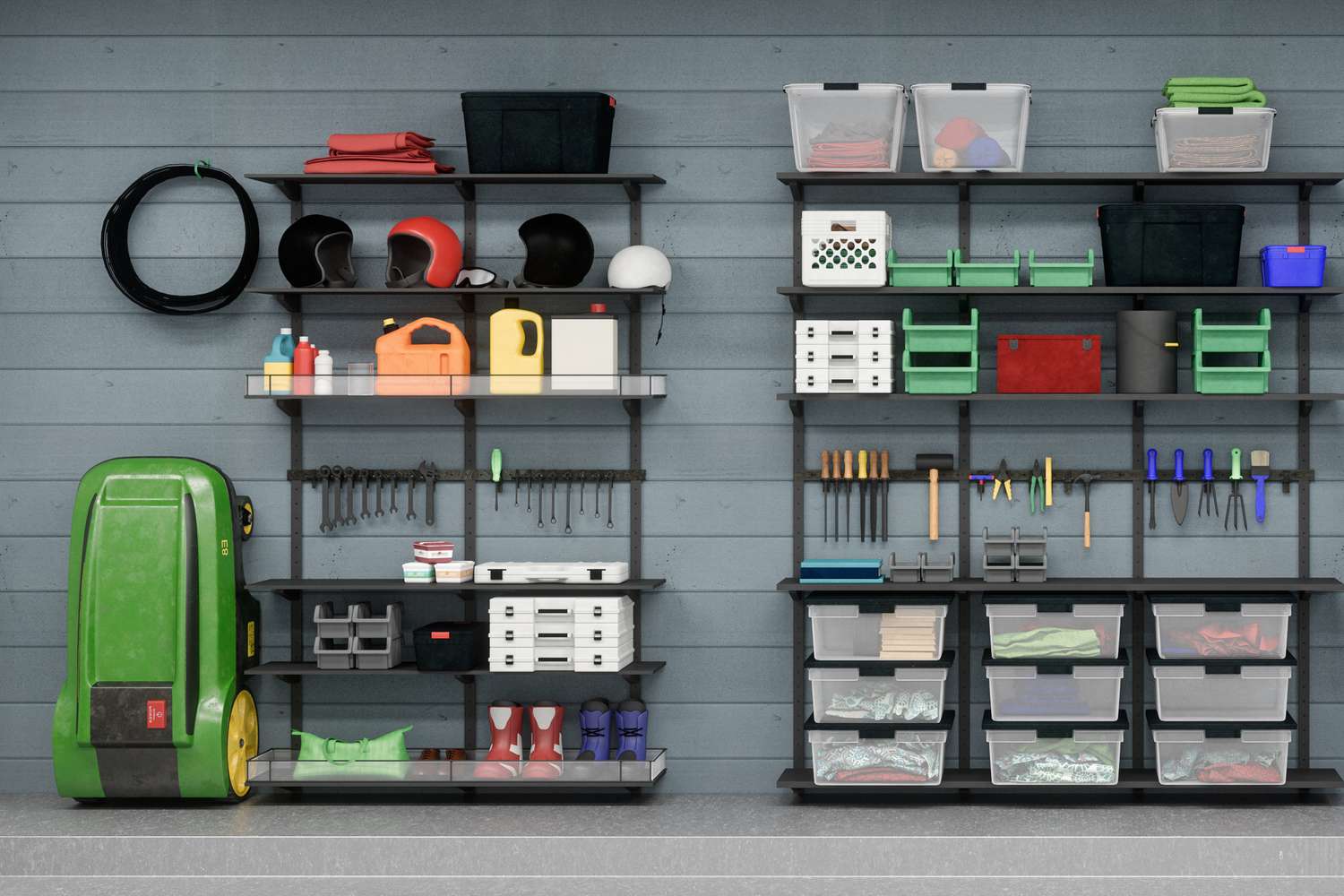
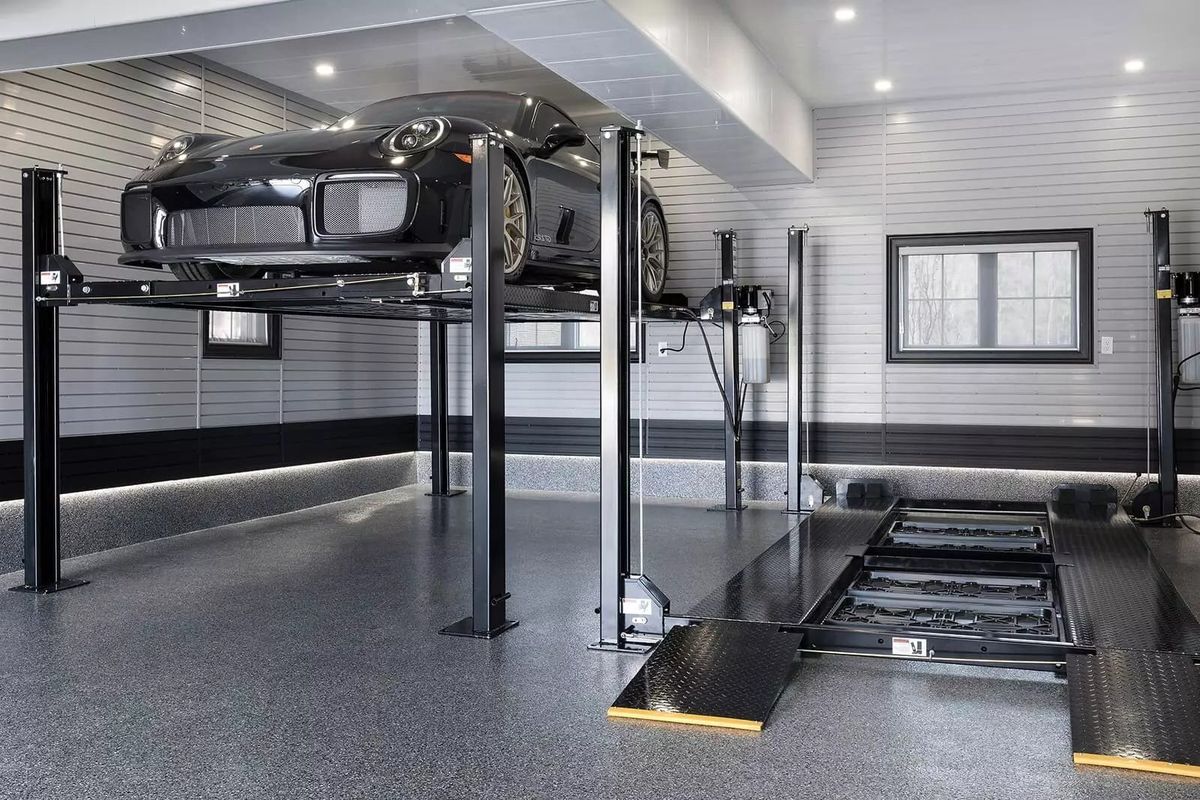

0 thoughts on “Organizing A Home Office: Maximize Efficiency With These Techniques”